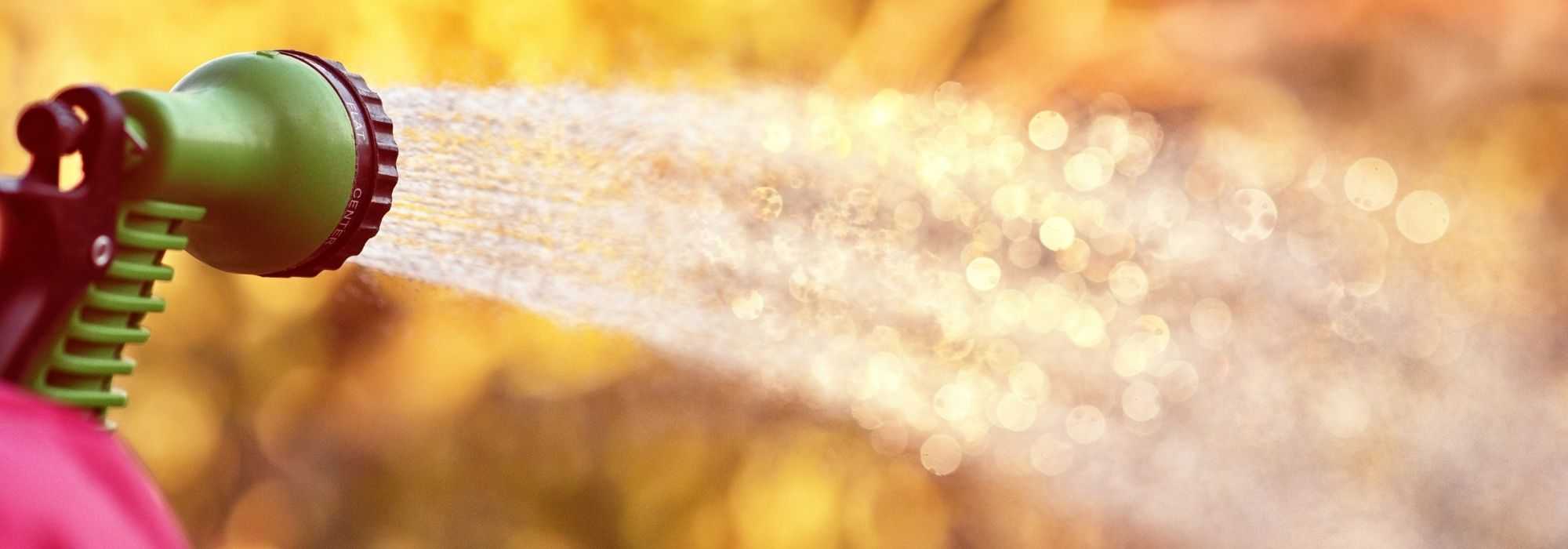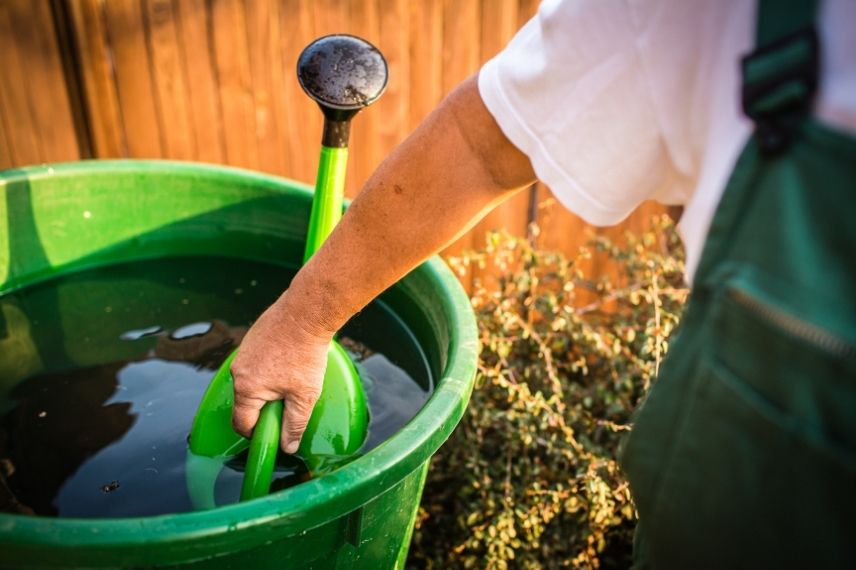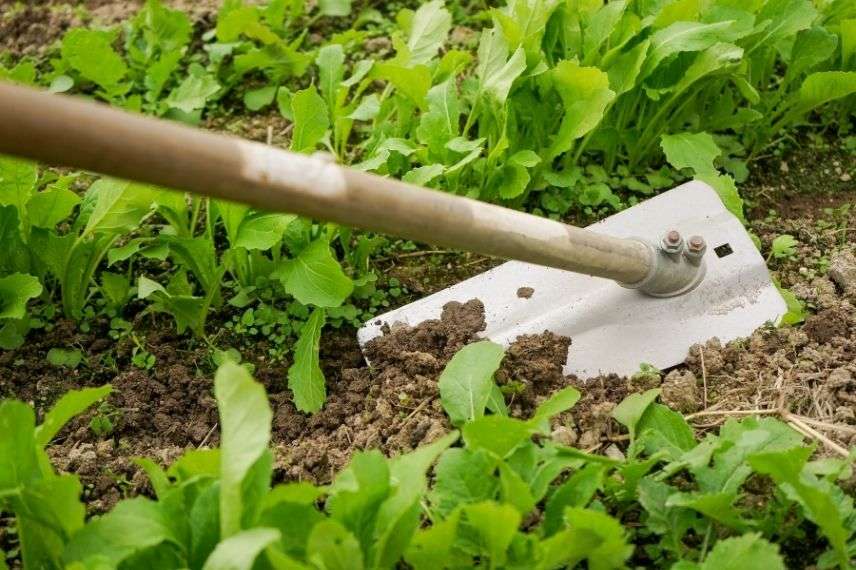
How to save water in the garden?
Our top tips
Summary
Water is a precious resource that must not be wasted these days. But how can we still garden while reducing our water consumption? Should we give up vegetable gardening? Should we forget pots and planters? Will we have to permanently rule out certain thirsty plants? Rest assured, we’re not there yet! But recurring droughts show it’s time to change some of our gardening habits. So how can we save as much of this blue gold as possible? Here are our tips to avoid wasting water in the garden.
Water is a precious resource not to be wasted!
Here are our tips to avoid water waste :
- Water well and at the right time! : water deeply once every 4 days, rather than a little every day. Don’t forget to water at the root collar and at the base of plant as water on leaves can encourage disease.
- Water what really needs it! : do not water plants that are not suffering! Forget watering short grass meadow! Even if it browns, it will green up again at first drop of rain. Reserve water for recent plantings, vegetable patch and, if necessary, orchard.
- Collect rainwater : install collectors or above-ground tanks under gutters. You can also recycle kitchen water used to wash vegetables or even, if you only use organic and environmentally friendly soaps, bath water.
- Drip irrigation : these systems allow effective and precise regulation of water distribution. Only drawbacks : cost and installation work.
- Water dispensers and hoyas : devices that provide punctual, well-targeted irrigation. Distributors are ideal for pots or for raised vegetable beds. Hoyas are perfect for trees, terracotta releases water as soil needs it through capillarity.
- Hydro-retainers : they are also called “Water beads“, small polymerous beads that store water when available to release it little by little during drought. These beads can be placed in a pot but also directly in ground at planting.
Watch the weather! Keep an eye on weather forecasts! Although sometimes “off the mark” (it’s a complicated science!), meteorologists are usually more or less right. Don’t water if forecast predicts a shower soon, unless you never see it coming of course.
You may also read
Automatic watering: different systems, which one to choose?
Let's change our growing habits!
Here are tried-and-tested tips to save water:
- Mulch, mulch and mulch again: a good mulch reduces water loss by evaporation, protects soil from scorching sun and lowers soil temperature by several degrees at soil level. Mulch can save nearly 40% of water.
- Soil rich in organic matter: soils with good texture and healthy soil life retain water more efficiently. Furthermore, in such soil, plants develop a strong, healthy root system that helps cope with possible droughts. Adding compost at planting or once a year to soil is also beneficial.
- Hoeing is worth two waterings: breaking soil crust makes soil more permeable to water. Plants are then irrigated more effectively after watering or rain.
- Prune at planting: a good prune at planting of bushes and perennials reduces foliar area and therefore water losses by evapotranspiration. Afterwards, plant will suffer less water stress in weeks, even months, following planting.
- Create basins around plantings: these basins collect rainwater to irrigate newly planted plants. At same time, avoid planting on mounds, especially in vegetable plot.
- Larger containers for potted plants: when a potted plant is cramped in its container, it suffers water shortage more quickly. Use larger containers and you will need to water less often.
- Consider groundcover plants: groundcovers offer same advantages as mulches. One can even add that they are more attractive and their roots improve soil structure. Fairly dense planting can also help retain dew and cool the soil at base of plants.
- Don’t forget weeding: this seems paradoxical given previous point. But avoid letting too many adventive plants grow within your vegetable plot or borders. These often tend to “pump” water from neighbouring plants, meaning your plants. That said, not all adventive plants (“weeds” as they were once called) are thirsty. It’s up to you to observe what may be useful to plants or wildlife and should therefore be left; or conversely problematic for plantings and thus pulled up without further ado.
- Protect plantings from wind: wind strongly dries plantings. Plan to protect vegetable plot or even ornamental plants with a low wall, low hedge, wind-filtering hedge… Ideal is a hedge of deciduous bushes that filters wind without blocking it and creating eddies.
- Transparent pruning: light, open pruning of your trees and bushes will allow rainwater to reach soil. This water will be useful for plants grown at base of trees.
You may also read
Watering the garden: how to do it?
Choosing the right plants comes first!
- “Right plant in right place” : a plant that is well suited to your soil and climate and planted in the right place will be better able to weather periods of drought.
- Group plants according to their water needs: for example in the vegetable garden. Plants needing regular watering should be grouped together; less delicate vegetables can be planted elsewhere.
- And above all! Favour drought-resistant plants: many plants do not suffer excessively from occasional droughts. Trees and bushes, perennials and even annuals or vegetables! Do not hesitate to ask specialists or consult our site to make the right choice for your future plantings.
- Subscribe!
- Contents
































Feedbacks